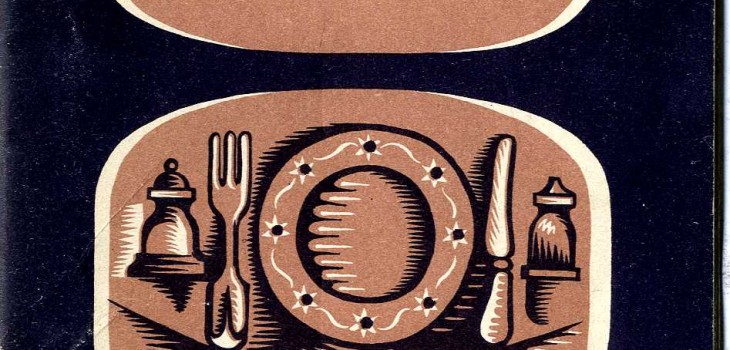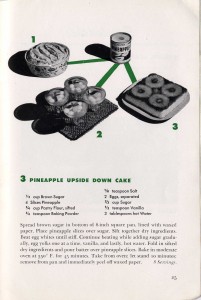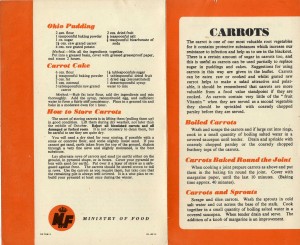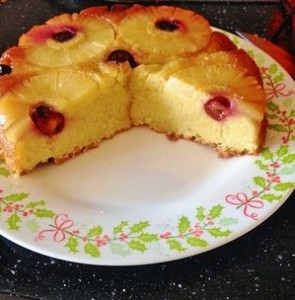Now is your chance to show off your baking skills in LSHTM Archive’s Great War Bake-Off. As part of Explore Your Archive week, which runs nationally November 10th – 16th, the Archives have selected original Ministry of Food wartime cake recipes from the Nutrition Collection for you to bake. The war theme has been chosen as part of this year’s commemoration of the start of the First World War.
Bring your cake into School on Wednesday 12th November for judging by our renowned and refined cake-tasters Robert Lovesey, Catering manager, and Alan Dangour, Head of Nutrition Group.
The winning cake maker will receive a £20 voucher to spend in Waterstones.
All you need to do is:
1. Have a look at the recipes below (or you can use your own wartime recipe if you have one) and choose something to bake!
2. Register your interest here
3. Bake your cake at home.
4. Bring your cake to South Courtyard foyer (outside the Manson Theatre) for 12.30, Weds 12 Nov . All the cakes entered will be displayed and judged, and the winner will be announced. Staff and students will have the chance to sample all the cakes entered in the Bake Off!
There will also be an archive display showing more from the Nutrition Collection.
RECIPES – print copies of the recipes are available from the Library Enquiry Desk
First World War Trench Cake
During the First World War, people baked this cake and posted it to loved ones fighting on the front line. The cake contains no eggs, and the vinegar reacts with the baking powder to help make the cake rise.
225g plain flour
110g margarine
75g currants
2 teaspoons cocoa
1/2 teaspoon baking soda
75g brown sugar
1 teaspoon vinegar
1/4 pint milk
Suggested extra flavourings – nutmeg, ginger, grated lemon zest.
1. Preheat oven to 180C/350F/Gas 4. Grease and line a small cake tin (about 15-16 cm )
2. Rub the margarine into the flour. Add the other dry ingredients and mix well.
3. Add the soda to the vinegar and milk, and then quickly add to the dry ingredients. Beat well and then turn into the tin.
4. Bake for about an hour, although the original recipe suggests up to 2 hours. (You can test whether it’s cooked by pushing a skewer or knife into the centre of the cake. If it comes out clean, then it’s cooked.)
1916 Gingerbread sponge
The original recipe for gingerbread sponge printed in ‘The Falkirk Herald’ in 1916 was as follows: “Take a half pound of golden syrup, two ounces of butter, one egg, half an ounce of ground ginger, ten ounces of flour, two ounces of sugar, about two tablespoons of milk and half a teaspoon of soda.
It’s recommended to use finely grated fresh ginger rather than ground, and you can substitute self-raising flour for the flour and bicarbonate of soda mix.
1. Put the flour, ginger and sugar into a bowl.
2. In a saucepan, stir the milk, butter and syrup until dissolved, then stir in the dry ingredients.
3. Dissolve the soda in a little milk, add this and the well-beaten egg to the mixture, pour into a shallow tin lined with greased paper and bake for thirty or forty minutes in a slow oven (ie about 180 degrees / Gas 4)
4. Cut into fingers when cold.
Second World War Recipes: click on the image to enlarge, and save to your device.










